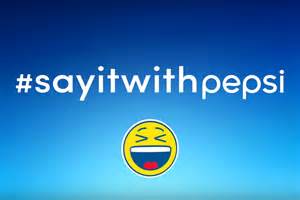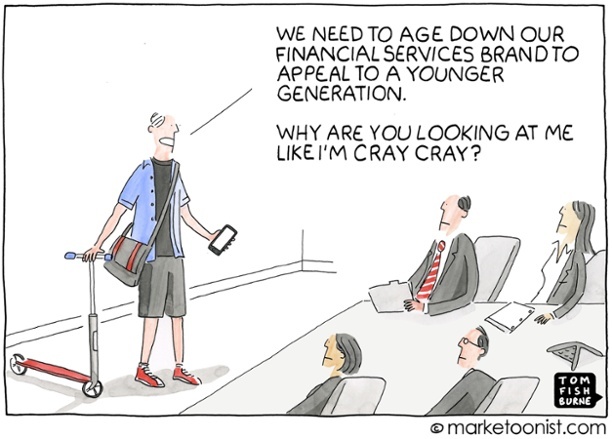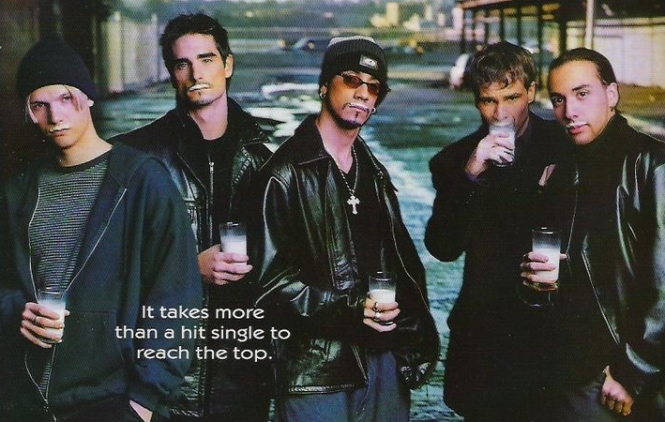This may be quite an embarrassing disclosure that I am getting ready to share with all of you but I am curious to see if anyone else feels the same way. Day in and day out, we breathe marketing. Whether we are combing through the ever changing landscape of trends and best practices or buried in analytics across multiple platforms, social media is a living and breathing organism to us. But here it goes…
I only utilize Facebook on a consistent basis. I do have a Twitter account but couldn’t even tell you what my twitter handle is. I lack a personal Instagram account and I never post on LinkedIn. Before anyone judges me, there is a huge laundry list of famous people, to include Bradley Cooper, who are also on this bandwagon.
But what does it mean when a company still to this day, does not have a social media presence? The following article from 2014 outlines 4 very well-known companies that still do not have official social media platforms; Trader Joe’s, Marlboro, Apple and Viagra. Interestingly enough, Viagra cited in the article that their lack of social media is primarily a result of FDA regulations.
The following infograph illustrates several benefits of social media. Can you think of any others?

When digging deeper into the subject, the consensus seems to be compelling as to why a company SHOULD be using social media and very little focus on those who are not. But the emphasis is if you are going to do it, do it right. So I leave you with this… At the end of the day updating my own personal social media accounts seems like a chore. The last thing I want to do is sit in front of a screen longer than I already do. So if I am not going to give it my all and stick to it then perhaps I am wasting my time. Companies are the same way. Don’t spend time analyzing trends if you aren’t going to engage with your audience on a consistent basis.
Happy Tweeting!











